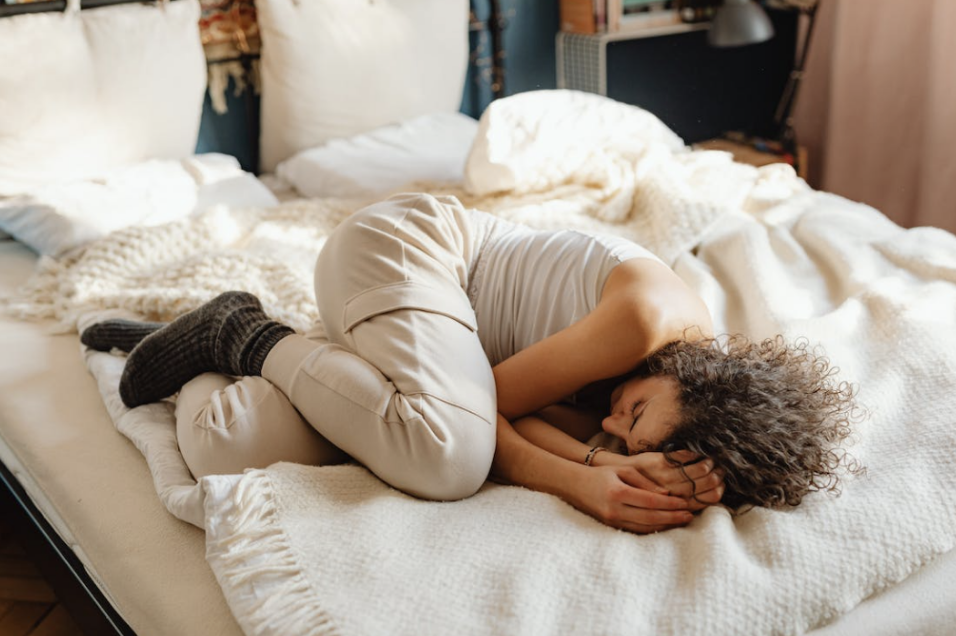

Obstructive sleep apnea or central sleep apnea is a condition related to a sleep disorder that causes pauses in breathing while sleeping. Individuals suffering from it resort to CPAP treatment, which is carried out with the help of CPAP machines. The journey to better sleep can be challenging, especially when you are faced with the initial discomfort of using a CPAP (Continuous Positive Airway Pressure) machine and its mask.
CPAP therapy is a transformative solution that significantly improves sleep quality and overall health. A CPAP device comes with a machine that has a heated humidifier and a full face or nasal mask. Nasal masks are used only in the nostrils, and another version of this mask (nasal pillow mask) incorporates pillow inserts. These inserts not only add to the comfort but also prevent any sort of mask leak.
However, getting accustomed to wearing the CPAP mask is often a hurdle for CPAP users as the continuous air pressure by the CPAP equipment can cause a lot of distress while sleeping. In this blog, we will explore strategies and tips to help you adjust to CPAP masks, making the transition smoother and ultimately improving your sleep.
Before diving into the adjustments, it's crucial to recognize the significance of CPAP therapy. Sleep apnea, a condition characterized by interrupted breathing during sleep, can lead to various health issues like fatigue, hypertension, and cardiovascular problems. CPAP therapy works by delivering a continuous flow of air to keep your airway open while you sleep, ensuring uninterrupted breathing and quality rest.
CPAP therapy is effective in managing the sleep cycle and sleep quality of individuals suffering from sleep apnea. Almost all the individuals that are dealing with sleep apnea have to undergo CPAP therapy. Thus, they need to wear a CPAP mask while sleeping.
It is quite common to experience some discomfort while sleeping with a CPAP mask on. It takes a while to get accustomed to a mask attached to your mouth while sleeping. Some individuals may find the CPAP mask intrusive or claustrophobic initially. Others might face issues such as dry mouth, skin irritation, or difficulty adjusting to the pressure of the airflow. These challenges can be discouraging, but with patience and persistence, they can be overcome. So, if you are also facing such issues, then hang in there as it gets easier with time. Not to mention, the more you use the mask, the easier it will be for you to navigate through the discomfort and figure out the best possible way to sleep with the mask on.
Adjusting to CPAP masks and overcoming the initial discomfort could be challenging. Many CPAP users fail to navigate their way through this phase and stop using the CPAP mask altogether. If you want to avoid such a situation, then here are some tips that can help you in adjusting to your CPAP mask while overcoming the discomfort:
Every mask has its own features related to shape and size. For this reason, many people prefer custom-fit CPAP masks. However, if you do not want to go through all that hassle, you can simply choose the right shape and size according to your facial features. There is a variety of CPAP mask styles available, such as nasal masks, nasal pillows, and full-face masks. Experimenting with different styles can help you find one that fits comfortably and suits your needs.
Start by wearing the mask for short periods during the day while watching TV or reading. This helps your body and mind gradually adapt to the sensation of wearing the mask.
Proper fit is essential for comfort. It also ensures that there is no sort of mask leakage due to poor or incorrect fit of the mask. So, make sure to adjust the straps according to the manufacturer's guidelines to avoid leaks and discomfort.
A CPAP machine with a humidifier can alleviate issues like dry mouth and nasal congestion by adding moisture to the air you breathe it is important to use so that you can avoid having a dry mouth, which can cause various other problems.
Techniques such as deep breathing or meditation can help you relax while wearing the mask, making it feel less intrusive.
Regularly clean your CPAP mask and equipment as per the manufacturer's instructions to prevent skin irritation and maintain hygiene.
Join online forums or support groups where individuals share their experiences and tips for coping with CPAP therapy. Sharing experiences can be both reassuring and informative.
It's crucial to be patient and persistent during the adjustment phase as you may face challenges initially, but with time, you will adapt to using the CPAP mask. Consult your healthcare provider or CPAP mask supplier if you experience persistent discomfort or issues for guidance and adjustments. They can offer solutions according to your specific needs, like adjusting pressure settings or trying different mask sizes.
Do not give up on the initial discomfort of adjusting to CPAP masks, ignoring the long-term benefits of consistent CPAP therapy. You can only reap the benefits like improved sleep quality, which can lead to increased daytime alertness, reduced risk of health complications associated with sleep apnea, and an overall improvement in quality of life after you overcome the initial challenges and be persistent.
Adjusting to a CPAP mask is a journey worth undertaking for better sleep quality and overall improved health, which might not happen overnight. You will require patience, perseverance, and the willingness to explore different options to overcome the initial discomforts and make CPAP therapy an integral part of your sleep routine. Consider consulting to your healthcare professionals and peers as it can make this journey smoother, ensuring you restful nights a peaceful sleep so you can wake up rejuvenated for the days ahead.
Leave a comment